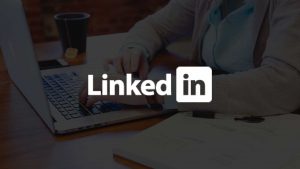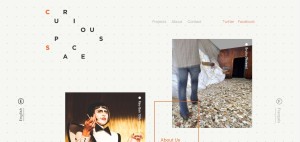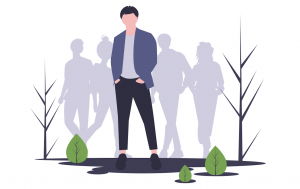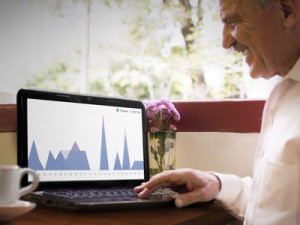The key to increasing your income is a well-established (and full) funnel. So, of course, you’ve optimized your opt-in pages, monetized your download pages and encourage more buyers through well-placed upsells and down-sells. (For more information check out Forbe’s article, A Beginner’s Guide to Upselling and Cross-selling.)
But what about the follow-up?
- Do you contact customers about the products or services they didn’t buy?
- Do you encourage them to use the products they have purchased?
- Are you making sure they know about all your other wonderful programs?
If not, you’re missing the boat. But the good news is, this can be easily managed with just a bit of simple automation, and when done right, it will smoothly lead your customers from one purchase to the next, at the exact right time for them to take advantage of your best offers.
Segmenting Your Audience
Audience segmentation is an approach that essentially quantifies your customers based on various criteria including buying habits, money spent, location, age and other demographics. The information will help you fine-tune your marketing so that you can improve your follow up efforts with targeted email offers.
Research conducted by MailChimp found the following significant differences in the success of marketing campaigns that were segmented as opposed to not segmented:
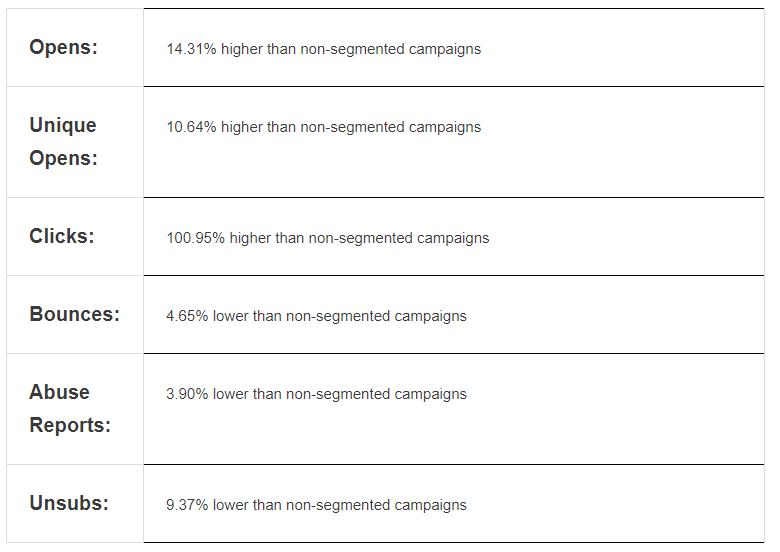
Image from Mail Chimp: https://mailchimp.com/resources/research/effects-of-list-segmentation-on-email-marketing-stats/
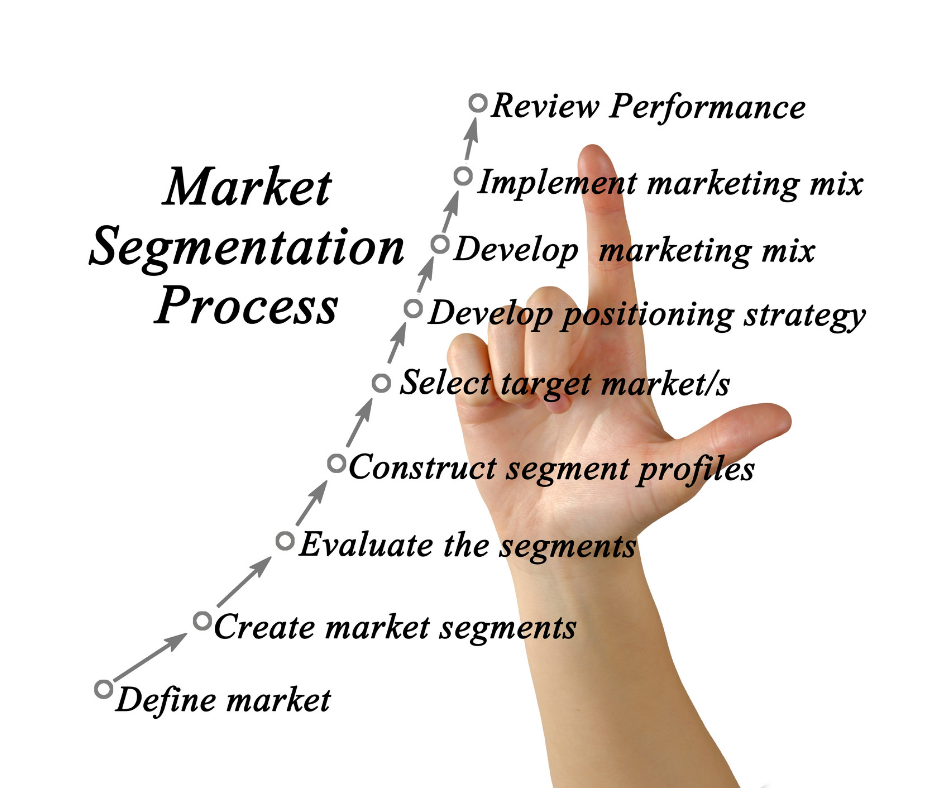 Segmentation based on Reader Action
Segmentation based on Reader Action
Many autoresponder services allow you to target emails based on reader action.
- Want to send a follow-up email to those who clicked a specific link? Create a segment and mail away.
- Want to re-engage with those who haven’t opened your emails in a while? Easy to do, and you can potentially recover subscribers who have gone missing.
In more sophisticated systems such as ActiveCampaign, you can dig even deeper, and move people from one series to another based on their buying habits. That way you’ll never promote a product to a reader who already owns it, which is annoying to your audience and a waste of time for you. Not only that, but you’ll always be able to offer the very best next thing, no matter where a subscriber is in your funnel.
Segmentation based on Customer Purchases
If a subscriber has been on a list where you’re promoting your top-level program or product, and she has not yet purchased, it may simply be too expensive for her at this time. Consider moving these readers to an autoresponder series promoting a lower cost option instead.
All of these tactics require that you know your audience and your products exceptionally well.
- Study your stats.
- Know your open and click rates.
Your open rate = the number of emails opened / the number of emails sent – the ones that bounced. (This article from BuzzSumo provides an in-depth explanation of open rates.) - Pay attention to the promotions that work, as well as those that fall flat.
With this information in hand, you’ll be better able to effectively segment your lists and make the most of all the parts of your sales funnel.
Every business should have a sales funnel, which is a visual representation of how to attract people into the business and convert them into paying customers. Yet so many business owners procrastinate or are scared to create a funnel for various reasons. Most commonly, they get overwhelmed at the idea of having to have multiple offers for their prospects and like anything else, once you start to overthink an idea, it gains a life of its own and seems impossible to create.
That’s why I’ve created, Creating Implementing and Optimizing Your Sales Funnel. You’ll get 8 easy steps you can follow to create your high converting sales funnel along with worksheets, and exercises.
Digital & Social Articles on Business 2 Community
(45)


